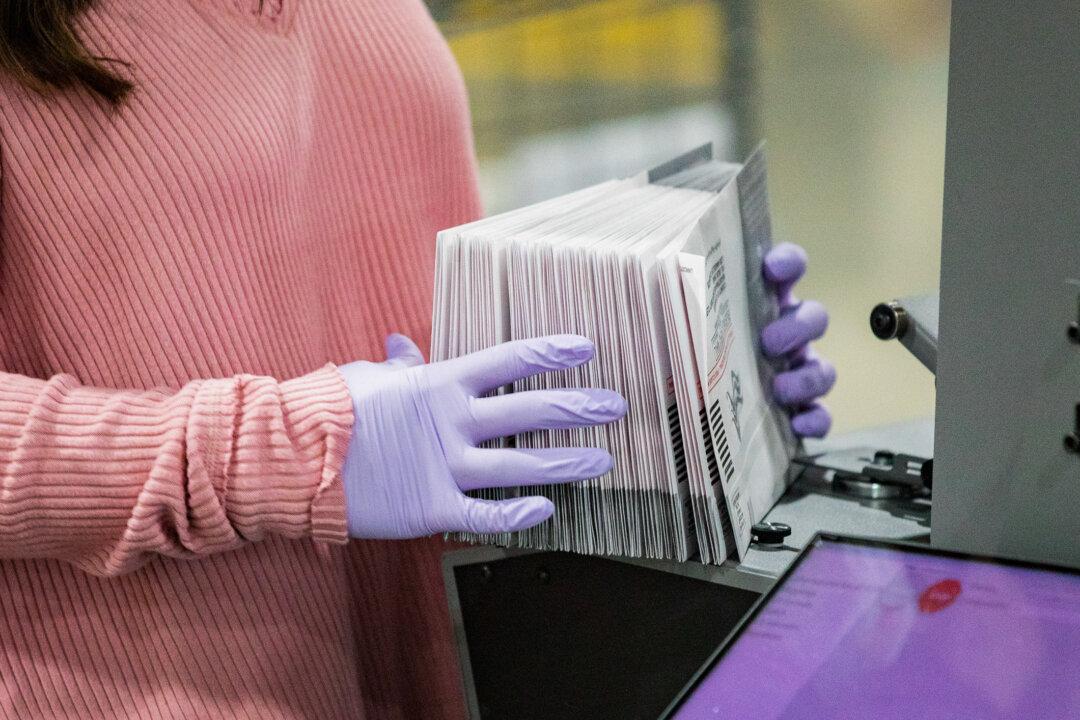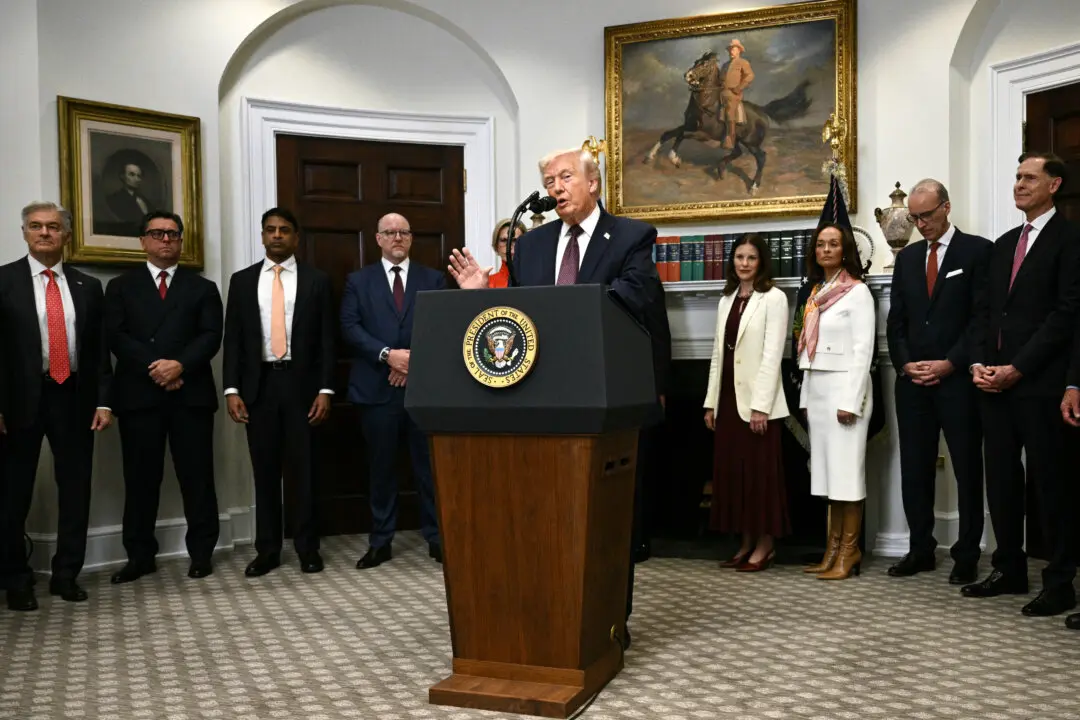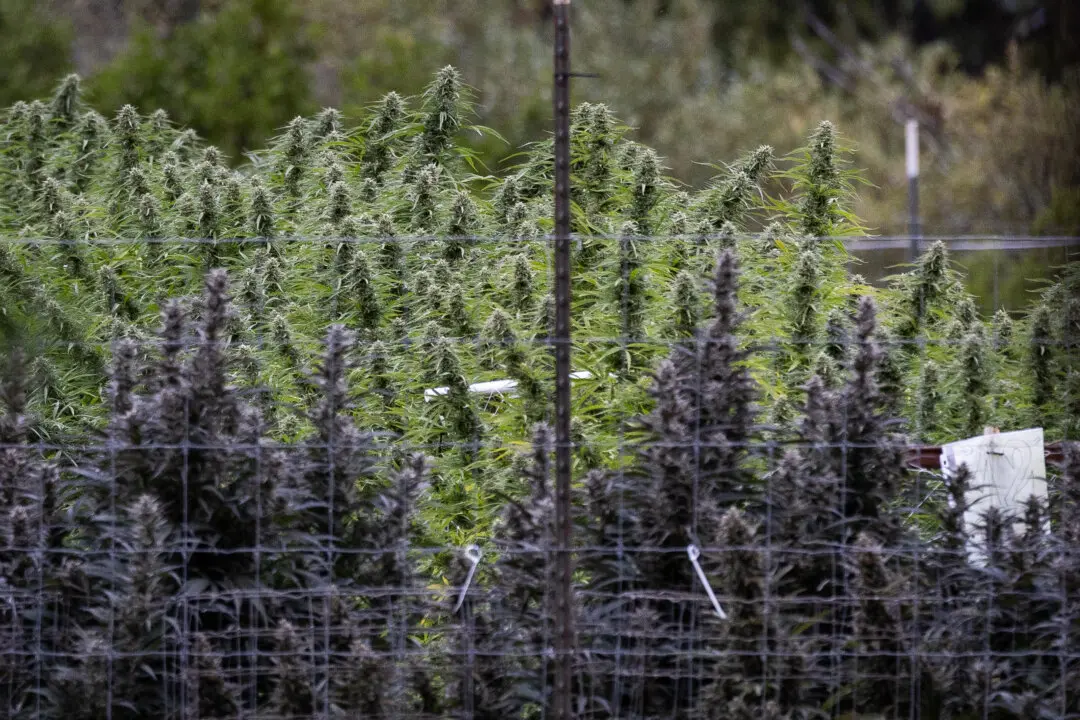Republican California Assemblyman Juan Alanis introduced two bills for consideration in 2025 aimed at addressing election concerns among constituents, including the speed of counting and confusion about district boundaries, according to his office.
Assembly Bill 16 would order election officials to start processing ballots the first day they are mailed instead of allowing counties to determine when they had the capacity to begin tallying votes.





